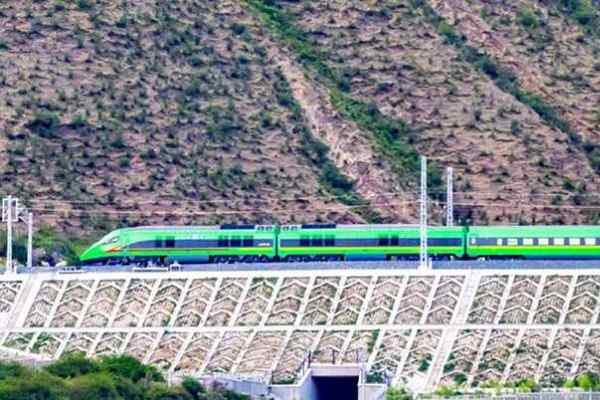 Saudi Arabia and Qatar Sign Landmark Agreement for Riyadh–Doha High-Speed Rail Link
Saudi Arabia and Qatar Sign Landmark Agreement for Riyadh–Doha High-Speed Rail Link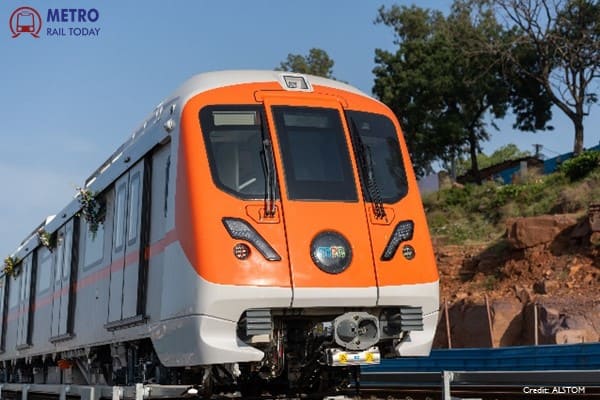 PM Narendra Modi to inaugurate Bhopal Metro operations on December 20, CMRS approval received
PM Narendra Modi to inaugurate Bhopal Metro operations on December 20, CMRS approval received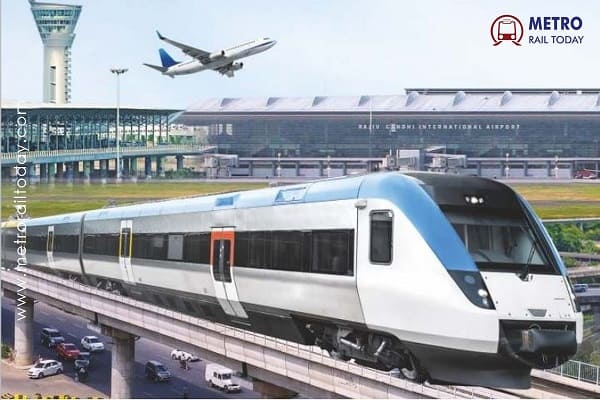 Centre orders NCRTC to prepare revised DPR for ₹20,637 crore Delhi-Noida Airport RRTS Corridor
Centre orders NCRTC to prepare revised DPR for ₹20,637 crore Delhi-Noida Airport RRTS Corridor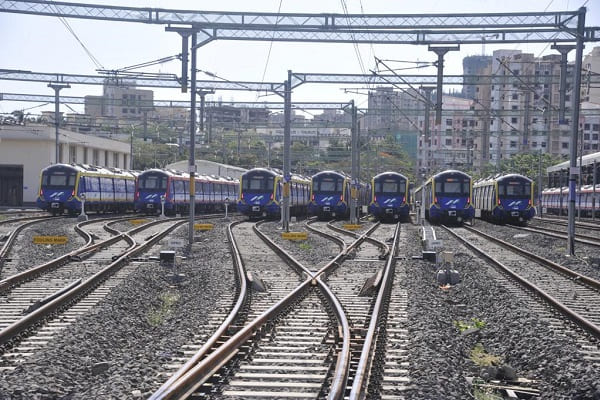 Mumbai Metro deploys Indigenous AI-Based Wheel Profile Monitoring System in Charkop Depot
Mumbai Metro deploys Indigenous AI-Based Wheel Profile Monitoring System in Charkop Depot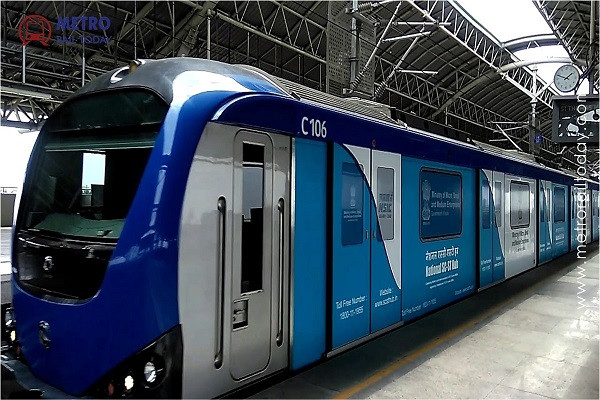 ADB approves $240 million loan to accelerate Chennai Metro Phase 2 Expansion
ADB approves $240 million loan to accelerate Chennai Metro Phase 2 Expansion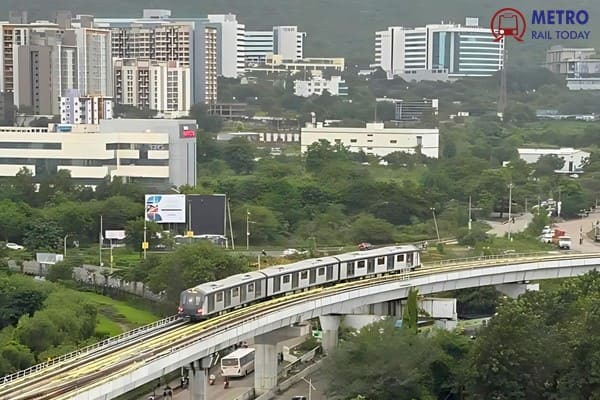 Kalpataru Projects-HG Infra Engg JV bags ₹1,415 Crore EPC Contract for Thane Metro Rail Project
Kalpataru Projects-HG Infra Engg JV bags ₹1,415 Crore EPC Contract for Thane Metro Rail Project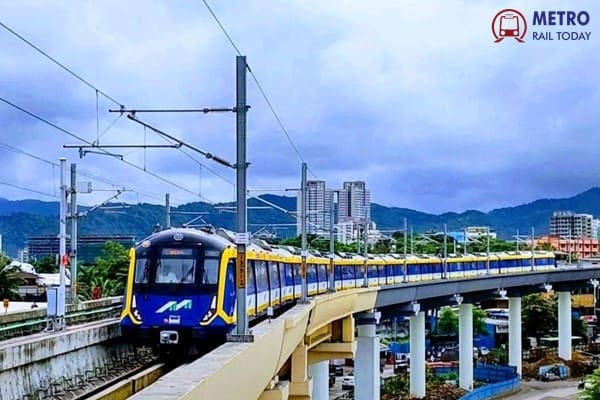 MAHA Metro floats ₹223.70 Crore Civil Tender for Six Elevated Stations of Thane Metro Rail Project
MAHA Metro floats ₹223.70 Crore Civil Tender for Six Elevated Stations of Thane Metro Rail Project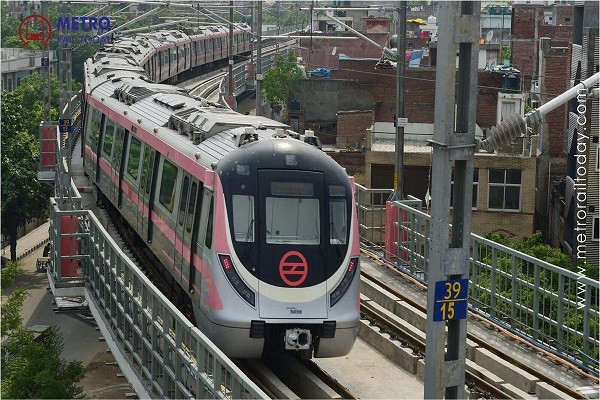 Construction begins on Delhi Metro Phase 4's Saket G Block–Lajpat Nagar Corridor
Construction begins on Delhi Metro Phase 4's Saket G Block–Lajpat Nagar Corridor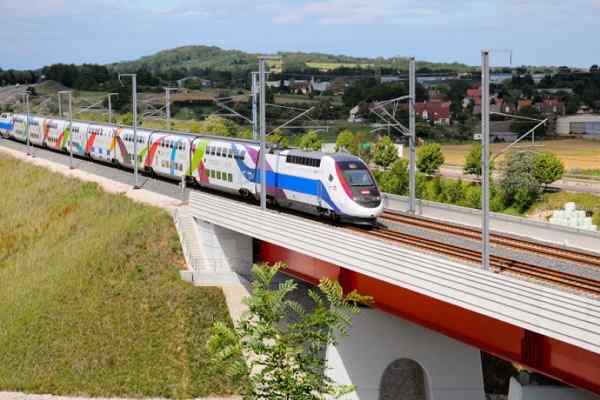 Kerala proposes RRTS as alternative to K-Rail Silver Line, Eyes faster clearances under Metro Policy
Kerala proposes RRTS as alternative to K-Rail Silver Line, Eyes faster clearances under Metro Policy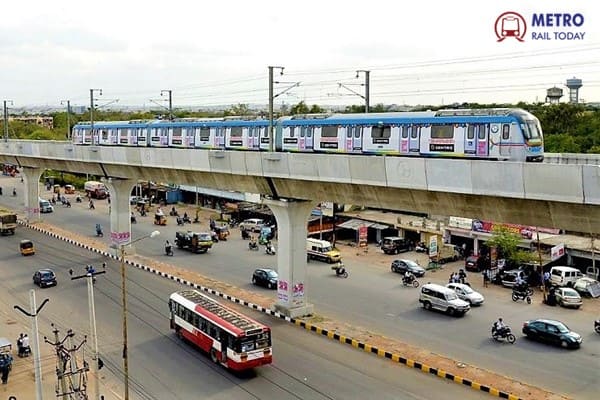 India’s Metro Rail Network crosses 1,080 km as Southern States drive expansion
India’s Metro Rail Network crosses 1,080 km as Southern States drive expansion
How safety is important during Tunneling for Railways and Metro Rail Projects
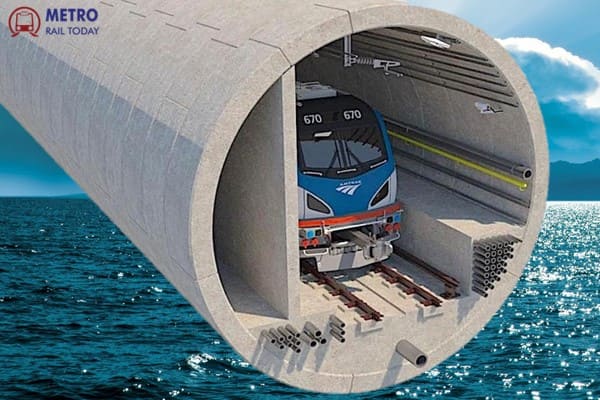
Tunneling plays a crucial role in various construction projects, particularly in the development of railway systems. However, the nature of tunneling work brings about specialized challenges and inherent hazards, necessitating a comprehensive approach to safety. This article explores the importance of safety measures during tunneling for metro railway projects, focusing on key hazards and the essential precautions required to mitigate risks.
Hazards in Tunneling and Underground Works
Drilling Operations
Drilling, a fundamental aspect of tunneling, demands meticulous safety precautions. Equipment maintenance, the exclusive use of wet drilling, the construction of secure drill platforms, and the prohibition of simultaneous charging and drilling in the same area are vital safety measures.
Explosives and Blasting
Handling explosives is an inherently perilous aspect of tunneling. Strict adherence to prescribed safety measures outlined in the handling of explosives guidelines is imperative to prevent accidents.
Mucking Plant and Equipment
Post-blasting activities, such as mucking, necessitate careful consideration. Inspection of tunnel or shaft walls, experienced supervision during scaling, and the provision of adequate support, tailored to the rock structure, are critical. Minimizing delays between operations is also essential to mitigate risks.
Supporting the Excavation
Ensuring the safety of excavation support is paramount. A thorough examination of the excavation profile post-mucking by an experienced professional, decision-making on necessary support mechanisms, and adherence to safety measures during rock bolt drilling contribute to a secure working environment.
General Safety Precautions in Tunneling
- Competent Foreman Guidance: The presence and guidance of a competent foreman are non-negotiable for all operations within the tunnel.
- Adequate Ventilation: Proper ventilation is imperative to eliminate polluted air, gases, and smoke generated during tunneling operations.
- Temperature Control: Working conditions should not exceed 40°C dry and 29°C wet, ensuring the well-being of the workforce.
- Regular Testing: Rigorous testing protocols for gases, temperature, and ventilation, with proper documentation, are essential.
- Dust Prevention: Proactive measures must be taken to prevent the release and accumulation of air-borne dust, safeguarding respiratory health.
- Periodic Medical Check-ups: Regular health check-ups for workers, conducted at least once every three months, contribute to overall well-being.
- Air Supply: Maintaining a consistent and hygienic air supply is critical, with the volume tailored to factors such as tunnel length, size, explosives used, blasting frequency, and environmental conditions.
- Safe Power Usage: Electric power is the preferred energy source, and when diesel engines are employed, appropriate filters and scrubbers should be utilized to eliminate harmful emissions.
Safety Measures in Equipment Usage
-
Electric Power Utilization: The preference for electric power usage enhances safety. In cases where diesel engines are employed, incorporating suitable filters and scrubbers becomes paramount to eliminate carbon monoxide and oxides of nitrogen. The usage of petrol engines is strictly prohibited.
-
Dump Car Safety: Rocker or cradle-type dump cars must be equipped with a positive-type lock to prevent accidental dumping in mucking yards. This precaution ensures the safety of personnel and the integrity of the work environment.
-
Trolley Tracks Maintenance: Proper maintenance and adherence to safety measures, including points, crossings, and junctions, are crucial for trolley tracks. Adequate care and attention to detail prevent accidents and ensure the smooth operation of transportation within tunnels.
-
End-of-Track Safety: At the end of each track, blocks or buffers must be provided. This precautionary measure prevents potential collisions and safeguards both personnel and equipment.
-
Safe Operation of Trains: The operation of trains within tunnels demands careful attention. Trains should be operated with precision and at speeds under the control of the operator. Proper signaling mechanisms, such as headlights and whistles, must be in place to warn personnel along the track and coordinate with other operators.
-
Scaffolding and Pipe Safety: The scaffolding supporting pipes should be designed with a safety factor that accommodates the weight of the filled concrete pipe, a 100 percent overload, and the estimated weight of the maximum number of workmen on the pipes during pump operation. A factor of safety of 4 should be applied.
-
Communication Systems: Implementing a robust communication system is imperative for ensuring that all personnel involved in tunneling operations can effectively communicate. This minimizes the risk of misunderstandings and enhances overall safety.
-
Fire Protection: Adequate fire protection facilities must be in place within tunnels. This includes fire extinguishers, emergency exits, and clear evacuation plans to address potential fire hazards promptly and protect the well-being of workers.
-
Shelter Places: Long tunnels should have designated shelter places at suitable intervals. These areas serve as safe zones in case of emergencies, providing refuge for workers during unforeseen events.
Excavation Safety Measures
-
Supervised Excavation: All excavation work must be carried out under the supervision of a responsible person who ensures that safety measures are adhered to throughout the process.
-
Sloping and Timbering: To prevent collapses, the sides of excavations or trenches should be appropriately sloped or battered back to a safe angle of repose, typically 45 degrees. Support through timbering, side sheet piling, or shoring is mandatory to ensure stability.
-
Trench Support Protocols: Trench support must be installed promptly as the excavation progresses. For excavations deeper than 1.2 meters, adequate timbering, side sheet piling, and shoring are essential.
-
Inspections by Competent Personnel: A competent person should inspect the excavation at least once a day when work is in progress. This ensures that any emerging issues are identified and addressed promptly.
Protection of Adjoining Structures
-
Maintaining Structural Stability: Excavations should not be positioned so close and deep as to compromise the stability of adjacent structures. Adequate precautions, including shoring, must be taken to prevent collapses or damage to neighboring buildings.
-
Shoring for Stability: When excavation work has the potential to impact the stability of nearby buildings or structures, shoring becomes essential. This precautionary measure involves supporting structures to maintain their integrity during excavation.
Protecting the Edges of Excavation
-
Avoiding Material Accumulation: Storing or moving materials and equipment near the edge of an excavation should be avoided. This prevents the risk of materials falling onto workers below and maintains the stability of the excavation's sides.
-
Debris Management: Accumulation of soil, waste heaps, and debris must be kept well away from the edges of excavations. Proper waste management reduces the risk of collapses and ensures a clean and organized work environment.
Protecting Vehicles
-
Stop Blocks for Vehicle Safety: Adequately anchored stop blocks should be provided on the surface to prevent vehicles from being driven into the excavation while tipping or reversing. This precaution minimizes the risk of accidents involving vehicles.
-
Distance from Edges: Stop blocks should be strategically placed at a sufficient distance from the edges of the excavation to prevent breakage or collapse under the weight of vehicles.
Safe Access to Excavation Sites
-
Ensuring Safe Access and Egress: For excavations deeper than 1.5 meters, safe means of access and egress are mandatory. Properly secured ladders should be in place, especially when the risk of flooding exists, ensuring rapid escape if necessary.
-
Secure Ladder Usage: A secure ladder is essential when someone is working in an excavation. This precaution becomes critical in emergencies, enabling swift evacuation and ensuring the safety of personnel.
Buried or Underground Services Protection
-
Pre-Digging Precautions: Before any excavation, a thorough check of underground services, such as electrical cables, water lines, sewers, and gas pipelines, is essential. This prevents accidents related to damaging these services.
-
Hazards of Underground Services: Awareness of potential hazards, such as electric shock from damaged cables, leaks and explosions from broken gas pipelines, and flooding or collapses caused by damaged water and sewer pipelines, is crucial.
-
Essential Preparations: Precautions taken before allowing anyone into a trench or excavation involve a comprehensive understanding of potential hazards, stability conditions, and necessary safety measures. This preparedness is key to preventing accidents and ensuring the well-being of workers.
Conclusion
In the realm of tunneling for metro railway projects, prioritizing safety is not just a legal obligation but a moral imperative. Adhering to rigorous safety standards, implementing precautionary measures, and fostering a culture of awareness and responsibility are paramount. The goal is not merely to complete a project but to ensure that every worker returns home safely, underscoring the profound importance of safety in tunneling endeavors.




